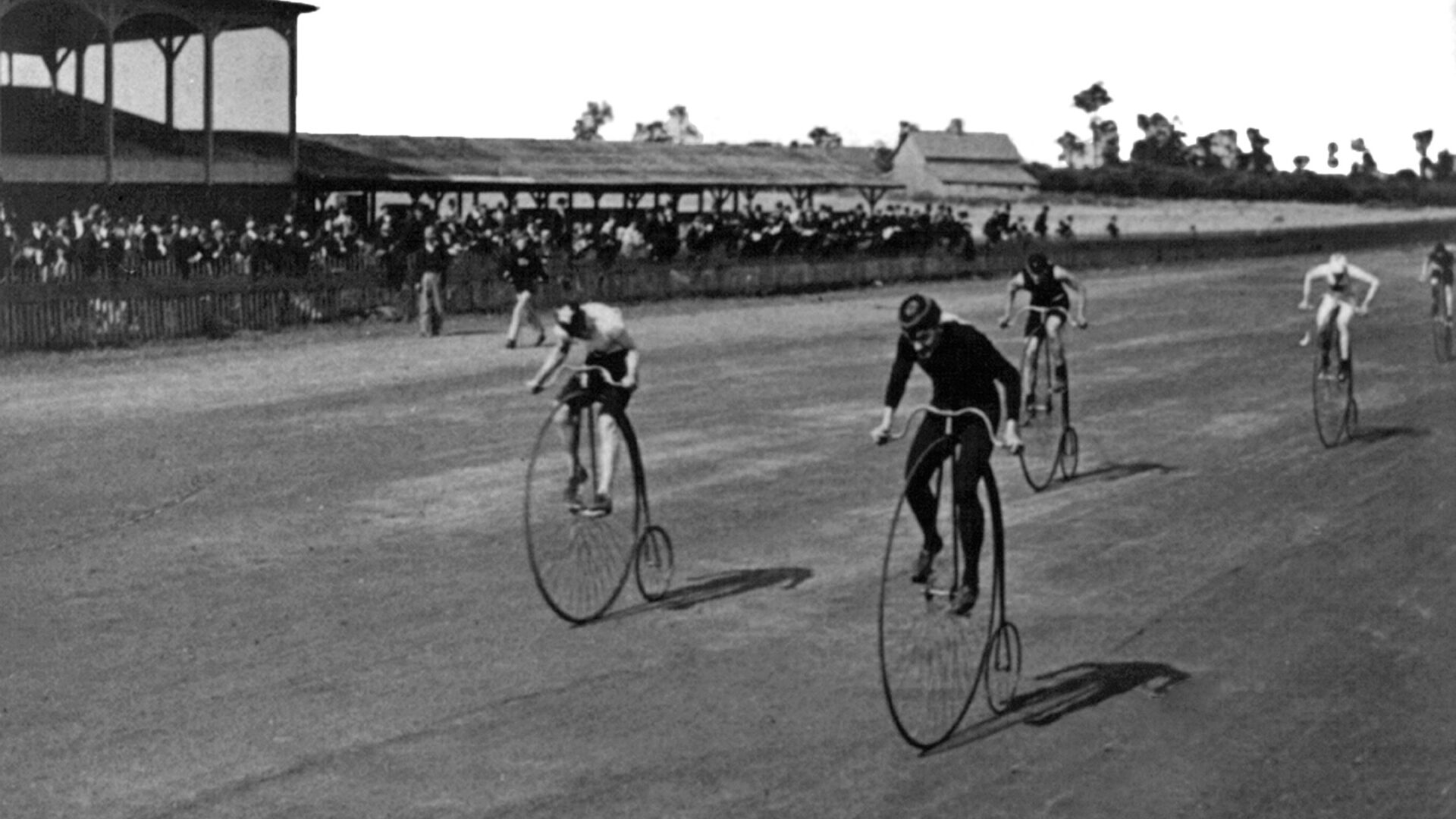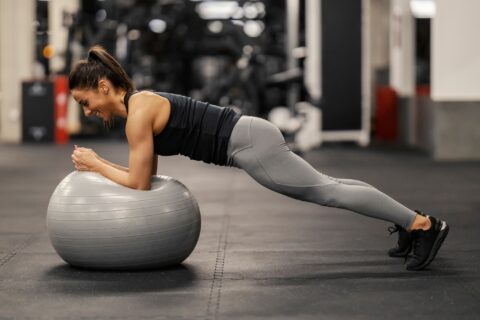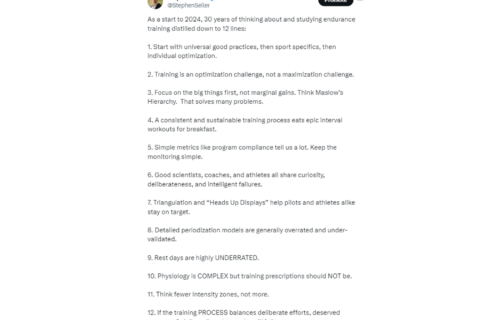Coach Joe Friel recounts the relatively short history of endurance sports to identify the athletes and coaches that influenced how we train and race today.
Coach Joe Friel recounts the relatively short history of endurance sports to identify the athletes and coaches that influenced how we train and race today.





